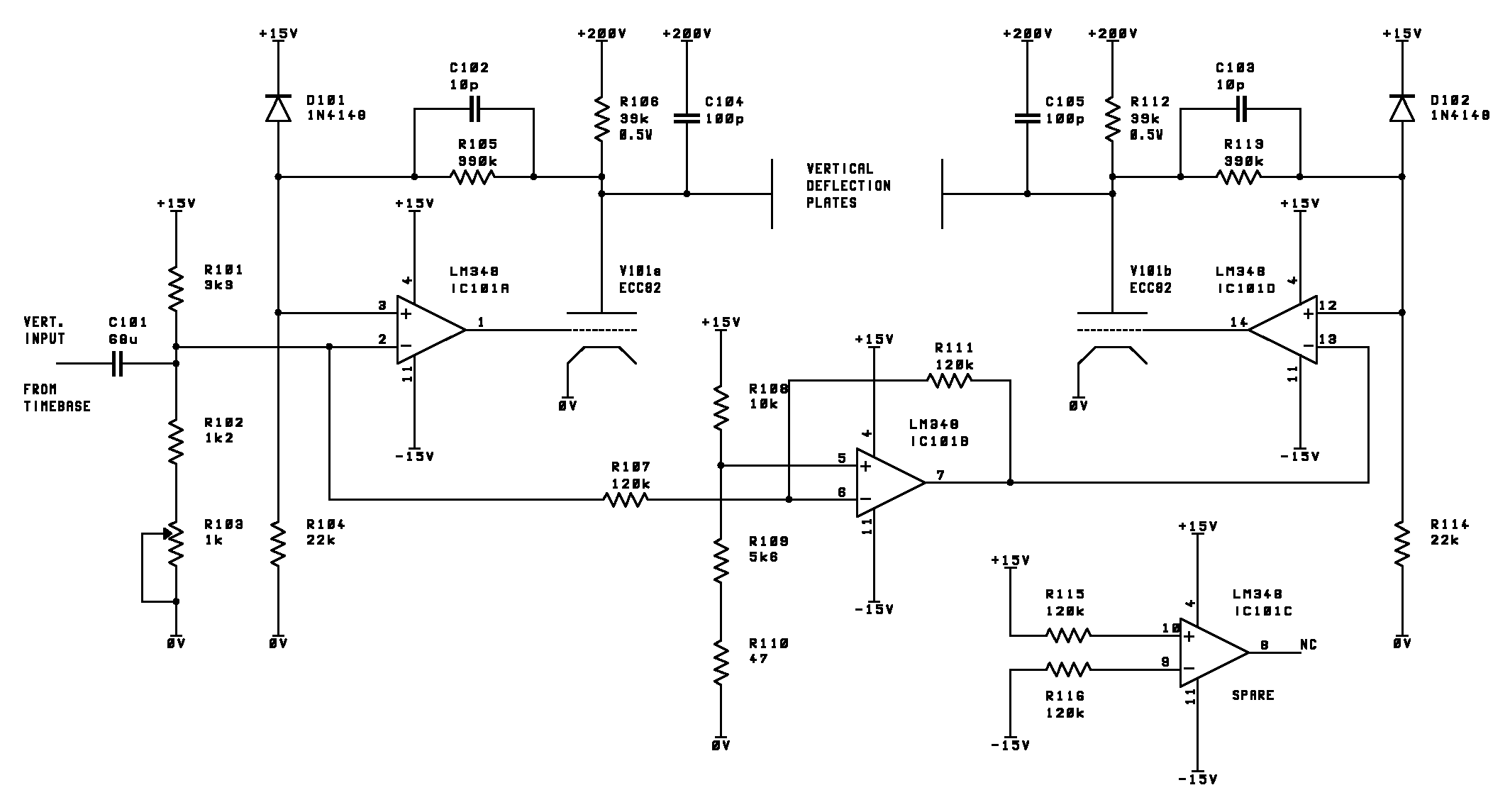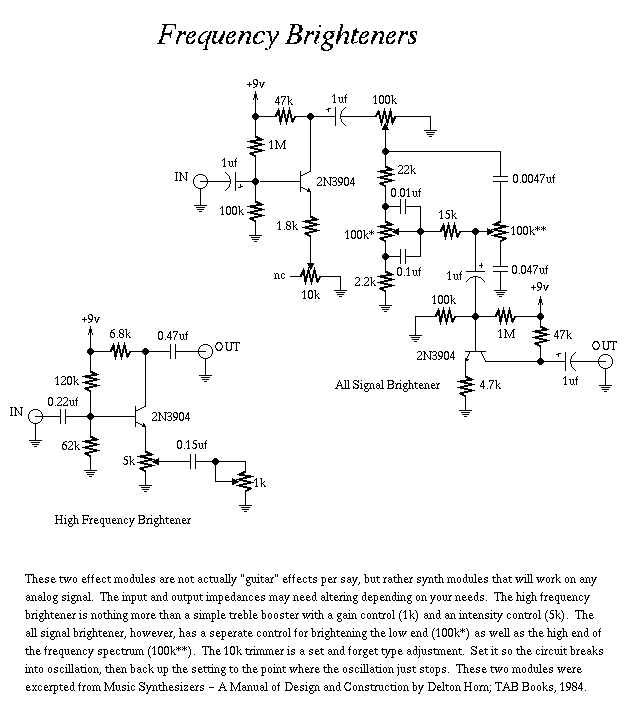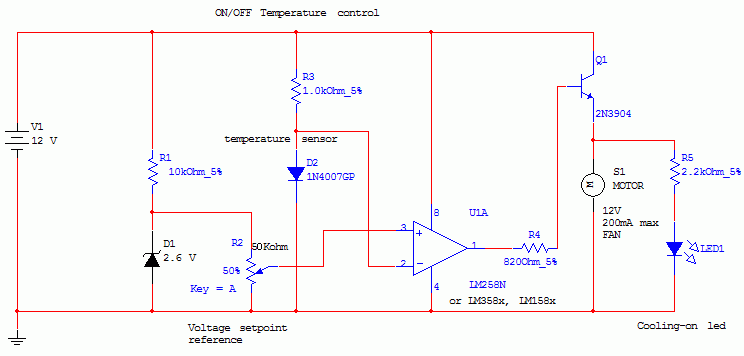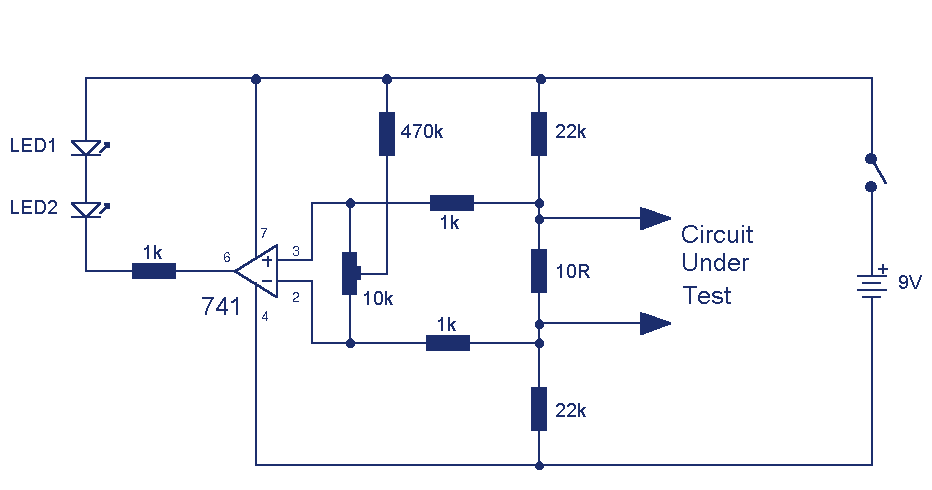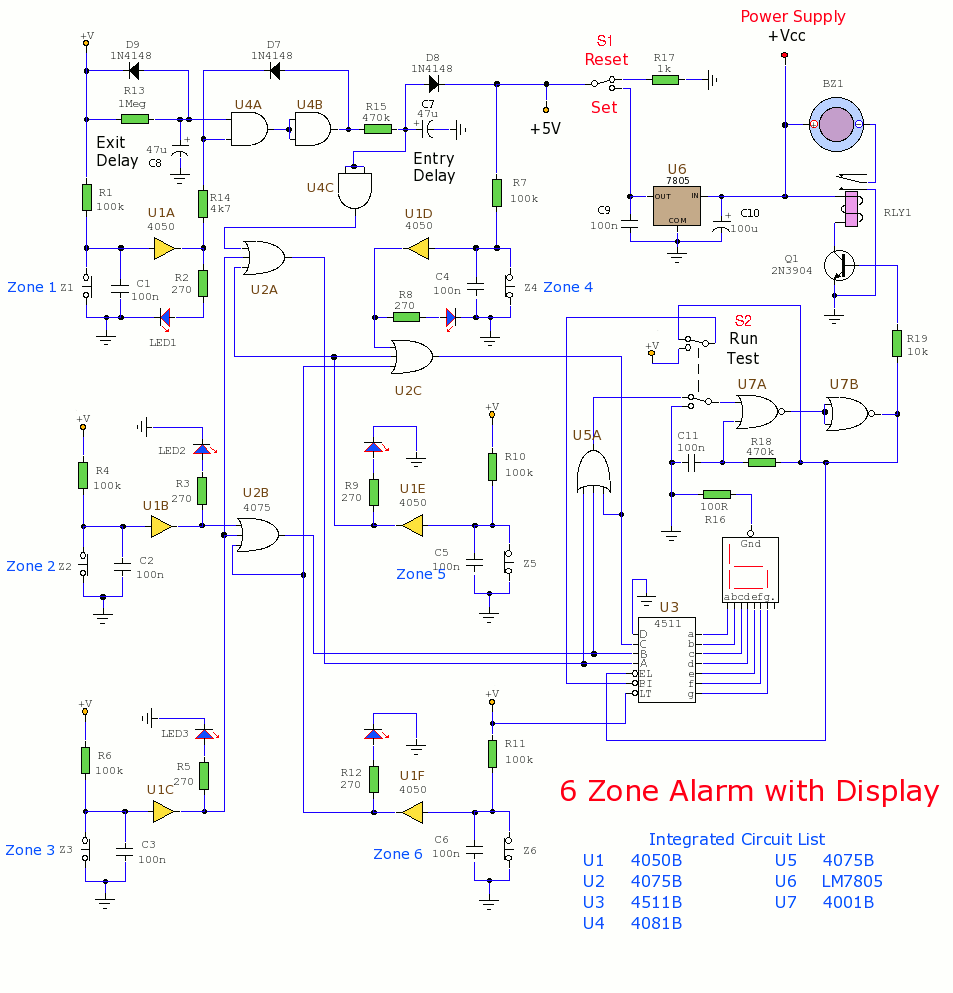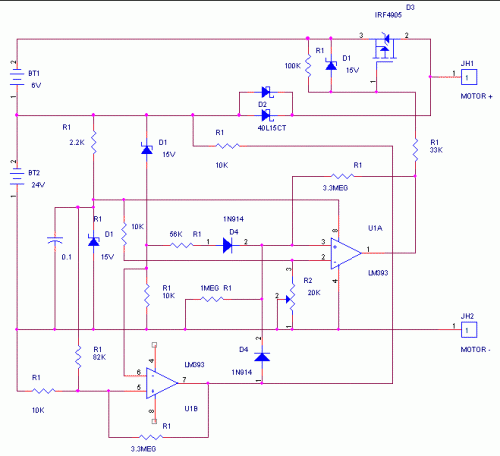
555-channel temperature test circuits

The circuit depicted in the figure is designed for multi-temperature testing, allowing for the switching of the thermocouple corresponding to the active channel. At the core of this design is a 555 timer configured in a monostable delay mode. When the input at pin 2 is low, the 555 timer (IC1) is triggered, setting pin 3 high and activating the selected thermocouple channel via J1. Simultaneously, capacitor C1 begins charging through resistor R1. Once the voltage across C1 reaches the threshold of 2/3 Vdd at pin 6, it resets pin 3 of the 555 timer to a low state, which in turn triggers a second 555 timer (IC2). This second timer activates the thermocouple circuit, and the cycle can be monitored if J1 remains closed. The delay time for each measurement (td) is determined by the formula 1.1 R1 C1, with a typical delay of about one second. LEDs (LED1 to LEDn) serve as indicators, illuminating during operation. Upon powering the circuit, several LED light tubes flicker simultaneously. To enhance performance, the circuit in Figure b introduces an R-C network. When powered on, the voltage across C cannot change abruptly, thereby forcing pin 4 into a reset state, keeping pin 3 low while the capacitor charges. This adjustment allows the IC to remain in a waiting state, improving the accuracy of the temperature measurement process.
The circuit operates effectively by utilizing two 555 timer ICs configured in a monostable mode to manage the timing and switching of the thermocouple channels. The first timer (IC1) initiates the measurement process, while the second timer (IC2) ensures the thermocouple is activated for the duration of the measurement. The use of a capacitor (C1) and resistor (R1) not only defines the timing characteristics but also stabilizes the output by preventing sudden voltage changes that could lead to inaccurate readings. The configuration ensures that when the circuit is powered, the initial flickering of the LEDs indicates the system is operational, while the R-C network enhances the reliability of the reset mechanism, providing a more consistent and accurate measurement cycle. The design is particularly useful in applications requiring precise temperature monitoring across multiple channels, making it suitable for laboratory testing and industrial applications where temperature variations are critical. Circuit shown in Figure, when used in multi-temperature test, switch the thermocouple corresponding channel. 555 brightest are at the core monostable delay circuit, such as Cli ck AN, because the 2-pin was low, the IC1 set, was 3 feet high, J1 pull, the thermocouple channel ON. Meanwhile, C1 through R1 charging it, when the charging voltage reaches the threshold level 6 feet 2/3Vdd, the 555 reset pin 3 referred to the low level, in turn triggering a second stage IC2, the IC2 set, turns ON Road thermocouple, and then click the trigger.
If J1 is closed, the cycle can be monitored. Each level of the delay time (ie measuring time) td 1.1R1C1, icon parameter corresponding delay is about 1 second. LED1 ~ LEDn LEDs also turn lights, as a monitoring indicator. Figure a circuit when power-up, there are a few pieces of LED light tubes flicker at the same time, therefore, to improve the circuit shown in Figure b.
After accessing R, C network, boot, since C voltage can not change suddenly, so that the reset terminal pin 4 is forced reset state, 3 feet showed low output, as the charging capacitor C, so that was 4 feet high level, IC trigger timing in a wait state levels, have improved the accuracy of the test.
The circuit operates effectively by utilizing two 555 timer ICs configured in a monostable mode to manage the timing and switching of the thermocouple channels. The first timer (IC1) initiates the measurement process, while the second timer (IC2) ensures the thermocouple is activated for the duration of the measurement. The use of a capacitor (C1) and resistor (R1) not only defines the timing characteristics but also stabilizes the output by preventing sudden voltage changes that could lead to inaccurate readings. The configuration ensures that when the circuit is powered, the initial flickering of the LEDs indicates the system is operational, while the R-C network enhances the reliability of the reset mechanism, providing a more consistent and accurate measurement cycle. The design is particularly useful in applications requiring precise temperature monitoring across multiple channels, making it suitable for laboratory testing and industrial applications where temperature variations are critical. Circuit shown in Figure, when used in multi-temperature test, switch the thermocouple corresponding channel. 555 brightest are at the core monostable delay circuit, such as Cli ck AN, because the 2-pin was low, the IC1 set, was 3 feet high, J1 pull, the thermocouple channel ON. Meanwhile, C1 through R1 charging it, when the charging voltage reaches the threshold level 6 feet 2/3Vdd, the 555 reset pin 3 referred to the low level, in turn triggering a second stage IC2, the IC2 set, turns ON Road thermocouple, and then click the trigger.
If J1 is closed, the cycle can be monitored. Each level of the delay time (ie measuring time) td 1.1R1C1, icon parameter corresponding delay is about 1 second. LED1 ~ LEDn LEDs also turn lights, as a monitoring indicator. Figure a circuit when power-up, there are a few pieces of LED light tubes flicker at the same time, therefore, to improve the circuit shown in Figure b.
After accessing R, C network, boot, since C voltage can not change suddenly, so that the reset terminal pin 4 is forced reset state, 3 feet showed low output, as the charging capacitor C, so that was 4 feet high level, IC trigger timing in a wait state levels, have improved the accuracy of the test.
